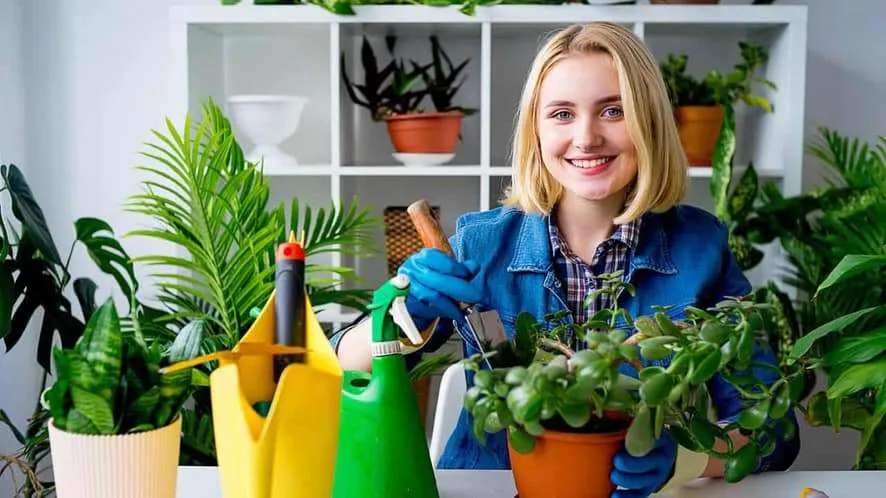Indoor gardening refers to cultivating plants normally grown outdoors – including fruits, vegetables, herbs and tropical species – indoors.
No matter your vision for indoor gardening, from lush jungles to simple herb gardens – there is something suitable for every space and style of indoor plant life! Careful attention must be taken in maintaining these plants to ensure their success and overall well being.
Choosing the Right Plants
Indoor gardening allows you to cultivate herbs, vegetables, and flowers indoors without needing outdoor space. Indoor gardening is an effective way to save money on groceries while getting access to fresh herbs and produce year round. Furthermore, it helps reduce indoor air pollution by absorbing harmful toxins while simultaneously producing oxygen – making this form of farming even more sustainable!
Success for an indoor garden lies heavily on selecting the appropriate plants. You should pay particular attention to how much light each species requires and where you place them; certain species require high humidity levels, so avoid placing them near heating and A/C units.
Selecting plants that require minimal care can help ensure you can focus more on enjoying the process and reaping the rewards of your efforts.
Lighting Conditions
Most indoor plants requiring sunlight for photosynthesis (the production of food), as well as water to survive. Without this essential input, plants will quickly become anaemic and eventually die off.
Not all houseplants require bright direct light; ZZ Plant and snake plants thrive well with lower light levels; others, such as croton, philodendrons and bird of paradise require higher levels of illumination in their natural environments and under what conditions they grow outdoors. When selecting the appropriate lighting solution for your houseplant it will depend on its natural habitat as well as any conditions under which it grows outdoors.
For an easy way to gauge the lighting conditions in any given space, try the shadow method: stand a few feet from a plant and see if its shadow can be distinguished; if so, this indicates low-light conditions while otherwise it indicates medium light conditions. Indoor gardeners sometimes utilize grow lights in order to achieve optimal conditions for their plants.
Watering
Indoor gardening refers to cultivating vegetables, herbs, or flowers within one’s home rather than outdoors. This option can be ideal for people without sufficient space for an outdoor garden; who live in climates too cold for growing certain crops; or simply want a way to add freshness and color year-round in their kitchen.
Watering plants regularly is crucial, yet overwatering them could result in root rot. A good rule of thumb for watering should be until the soil feels damp without being saturated – this ensures proper plant health.
When planting seeds, consider purchasing a seed starter kit to help ensure they germinate at optimal conditions. These kits include trays and heat pads to provide optimal conditions for sprouting your seedlings.
Pests and Diseases
Pests and diseases are major threats to indoor gardening, but regular surveillance of new plants for pests and diseases is the best defense. Checking upper and lower surfaces of leaves, inspecting stems and roots and in some cases washing foliage with mild soap solution in water (tepid or otherwise).
Reducing humidity and temperature levels is also vital in controlling fungal diseases like mildews and spots. Plants should be distributed appropriately, ventilation increased and temperatures reduced so as to limit excessive humidity that favors disease growth.
Overwatering should be avoided to help avoid ideal breeding conditions for fungus gnats and sap-sucking insects such as honeydew-producing honeysuckles on foliage, and yellow sticky traps to detect aphids, springtails and mealybugs.
Maintenance
Indoor gardens provide many advantages; among these benefits are fresh organic vegetables, herbs and flowers as well as an opportunity to develop lifelong hobbies without fighting against weather or weeds.
If you’re interested in growing an indoor garden, begin by considering your lighting conditions in your home. Most plants thrive under natural sunlight while others prefer lower-light environments – these could include spider plants, pothos, snake plants and peace lilies among many other examples. Select hardy species suitable to the temperatures in your house – otherwise, your plants could become susceptible to frost, hail and wind damage as well as leaf loss or disease; all sure signs that something’s amiss!





